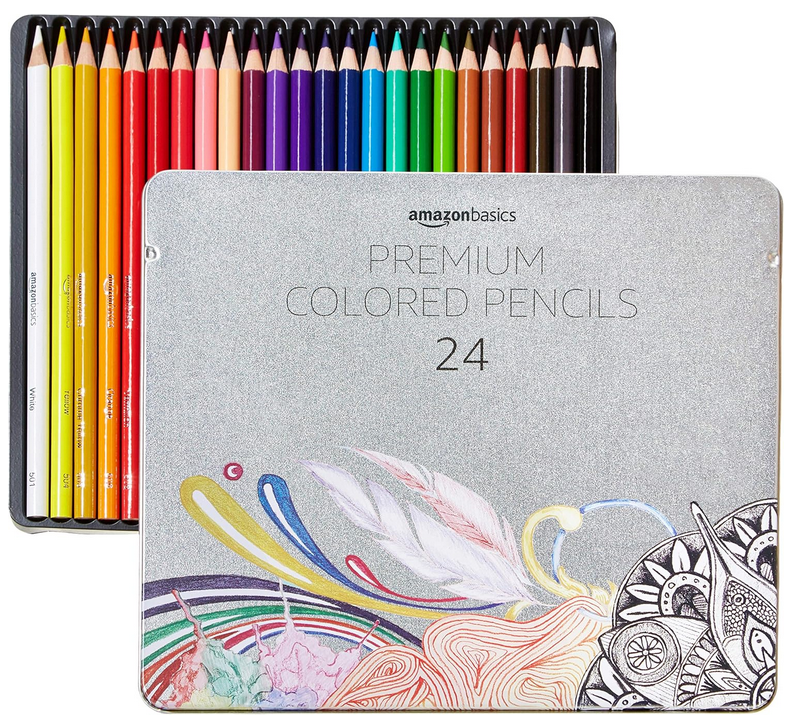- Home
- Art History
- Ancient Rome
Ancient Roman Art
Ancient Roman Art represents one of the most influential and extensive artistic traditions in human history, spanning nearly a millennium from the founding of Rome in 753 BCE to the fall of the Western Roman Empire in 476 CE. This ancient roman art history lesson explores the remarkable achievements, techniques, and cultural significance of Roman artistic expression across various mediums and periods.
The foundations of Ancient Roman Art were deeply rooted in both Etruscan and Greek artistic traditions. While the Romans borrowed heavily from Greek aesthetics, they developed their own distinct style characterized by pragmatism, innovation, and a strong emphasis on realism. This fusion of influences created a unique artistic language that would influence Western art for centuries to come.
Roman sculpture stands as one of the most significant contributions to art history. Portrait busts and full-length statues displayed unprecedented realism, capturing individual features with remarkable accuracy. Unlike their Greek predecessors who idealized human forms, Roman sculptors portrayed their subjects with distinctive characteristics, including wrinkles, warts, and other imperfections, creating truly individualized representations.
The art of wall painting flourished during the Roman period, as evidenced by the remarkably preserved frescoes of Pompeii and Herculaneum. These works, which survived the eruption of Mount Vesuvius in 79 CE, provide invaluable insights into Roman painting techniques and styles. The Four Styles of Pompeian wall painting demonstrate the evolution of Roman interior decoration, from simple marble imitations to complex architectural illusions and mythological scenes.
Mosaic art reached new heights of sophistication under Roman patronage. These intricate designs, created from small pieces of colored stone or glass called tesserae, adorned floors and walls throughout the Empire. The famous Alexander Mosaic from Pompeii exemplifies the technical mastery and artistic excellence achieved in this medium, making it an essential component of any ancient roman art history fill-in worksheet.
Architecture, while technically belonging to a separate category, was intrinsically linked to Roman artistic expression. The Romans revolutionized construction techniques through the use of concrete and the arch, allowing for unprecedented architectural achievements. These innovations were often complemented by elaborate decorative elements, including sculptural reliefs, painted surfaces, and ornamental details.
Relief sculpture, particularly on public monuments and sarcophagi, served both commemorative and narrative functions. The Column of Trajan, with its spiral frieze depicting the emperor's military campaigns, represents one of the most ambitious narrative sculptures in ancient art. These works combined artistic skill with historical documentation, creating powerful propaganda tools for the Empire.
The formal nature of Ancient Roman Art reflected the society's hierarchical structure and emphasis on public display. From official state monuments to private domestic decoration, art served to communicate status, power, and cultural values. This aspect of Roman art continues to influence how we understand the relationship between art and society in historical contexts.
Okay, so now I've put on some ads from Amazon - from which I may earn a few cents. (2025)



